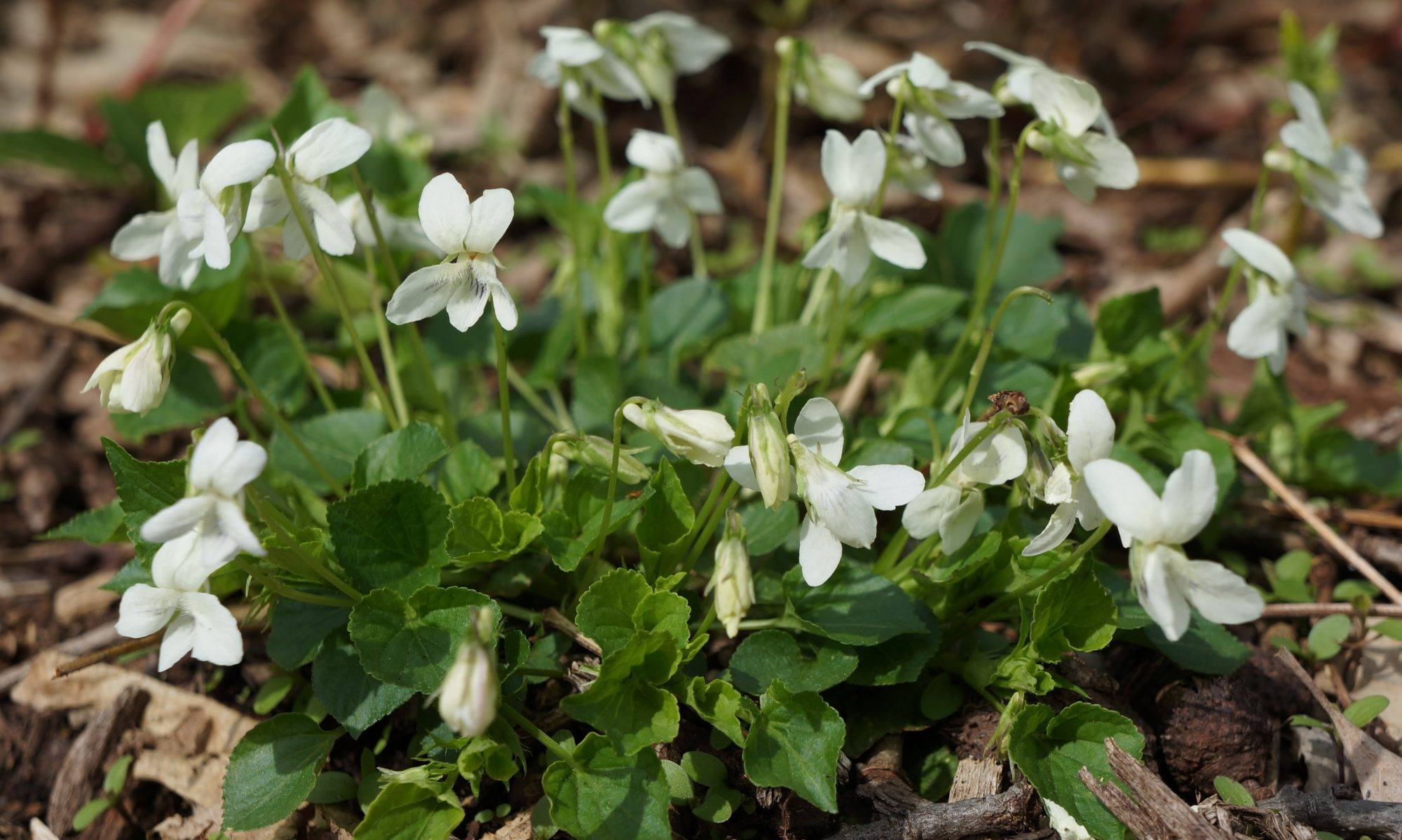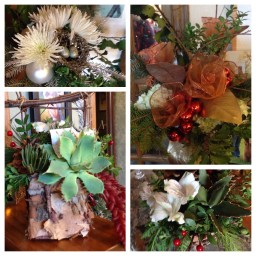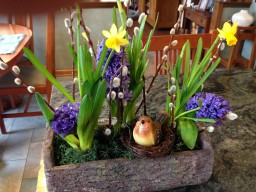General Garden Care
Continue to order seed, bulb, and nursery catalogs to assist in planning your garden for the upcoming year.
Unseasonably warm and dry winter weather will further stress plants that were not watered adequately during a dry Chicago autumn. During periods of winter thaw, water evergreens, broadleaved evergreens, and conifers as needed. Water newly planted trees and shrubs and all plants, including turf, that might be in the path of salt spray from salted roads. Continue reading “Horticulture Report – February 2015”






